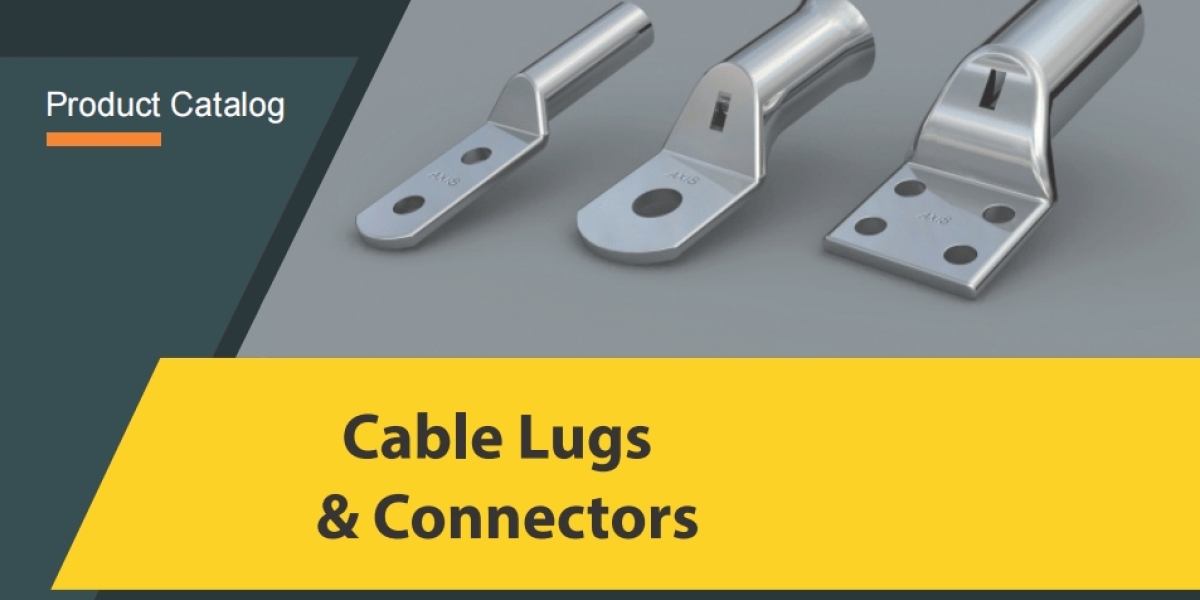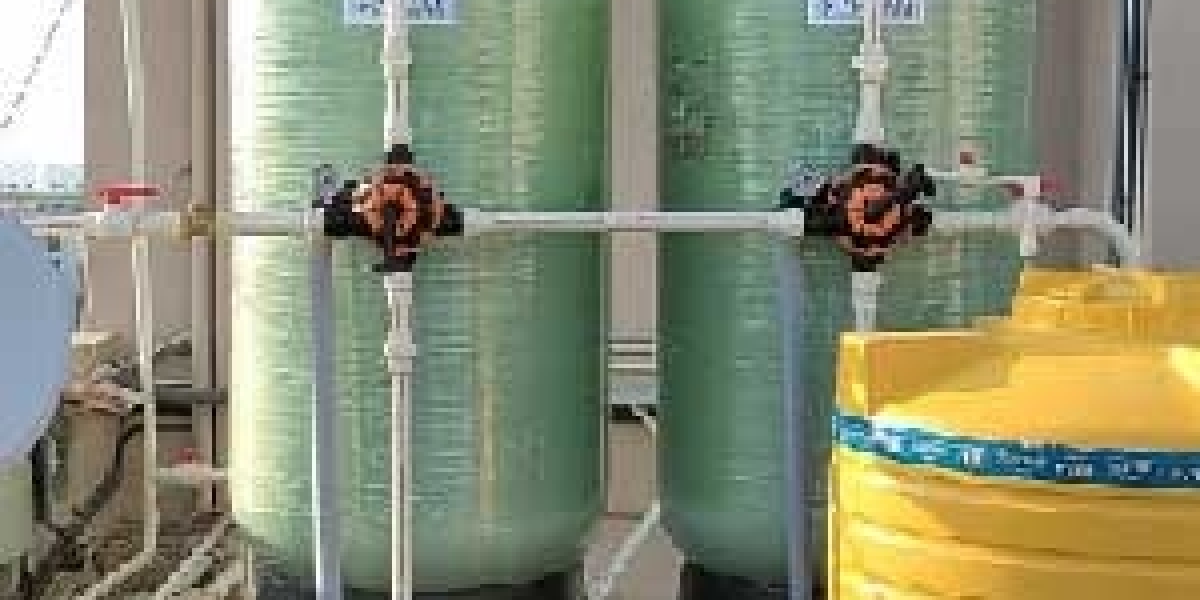Introduction:
Electrical lugs, also known as cable lugs or wire lugs, are essential components in electrical systems that facilitate the connection of cables or wires to various electrical devices, equipment, or terminals. In this article, we will explore the function of electrical lugs, discuss different types available, and examine their applications across various industries.
Function of Electrical Lugs:
The primary function of electrical lugs is to establish a secure and reliable electrical connection between cables or wires and other components within an electrical system. This connection ensures the efficient flow of electrical current while also providing mechanical support and strain relief to prevent damage to the conductors.
Types of Electrical Lugs:
Copper Lugs: Copper lugs are the most common type of electrical lugs and are widely used due to copper's excellent conductivity and corrosion resistance. These lugs are available in various sizes and configurations to accommodate different wire gauges and terminal types.
Aluminum Lugs: Aluminum lugs are an alternative to copper lugs and are often used in applications where weight and cost considerations are significant factors. While aluminum lugs offer good conductivity, they may require additional corrosion protection in certain environments.
Compression Lugs: Compression lugs feature a barrel-shaped design that allows for a tight and secure connection between the lug and the conductor. These lugs are crimped or compressed onto the wire using specialized tools to ensure a reliable electrical and mechanical connection.
Mechanical Lugs: Mechanical lugs utilize screws or bolts to clamp the conductor in place, providing a secure connection without the need for crimping tools. These lugs offer versatility and ease of installation, making them suitable for a wide range of applications.
Solder Lugs: Solder lugs have a soldering tab or lug that allows the conductor to be soldered directly to the lug, creating a permanent and robust connection. These lugs are often used in electronics and small-scale applications where space is limited.
Applications of Electrical Lugs:
Electrical lugs find extensive use across various industries and applications, including:
Electrical Distribution Systems: Lugs are used to connect cables to circuit breakers, switches, busbars, and other components in electrical distribution panels and switchgear.
Power Generation and Transmission: Lugs are employed in power plants and substations to connect cables to generators, transformers, and transmission lines.
Industrial Machinery: Lugs are utilized in industrial equipment and machinery to connect power cables, control wires, and grounding conductors.
Automotive and Marine: Lugs are essential in automotive and marine applications for connecting battery cables, starter motors, alternators, and other electrical components.
Renewable Energy Systems: Lugs play a vital role in solar photovoltaic (PV) systems, wind turbines, and other renewable energy installations, facilitating connections between solar panels, inverters, and battery banks.
Conclusion:
Electrical lugs are indispensable components in electrical systems, providing secure connections for cables and wires in a wide range of applications. Understanding the different types of lugs available and their respective functions is essential for selecting the most suitable option for specific requirements. Whether in residential, commercial, or industrial installations, electrical lugs play a crucial role in ensuring the safe and efficient operation of electrical systems.









